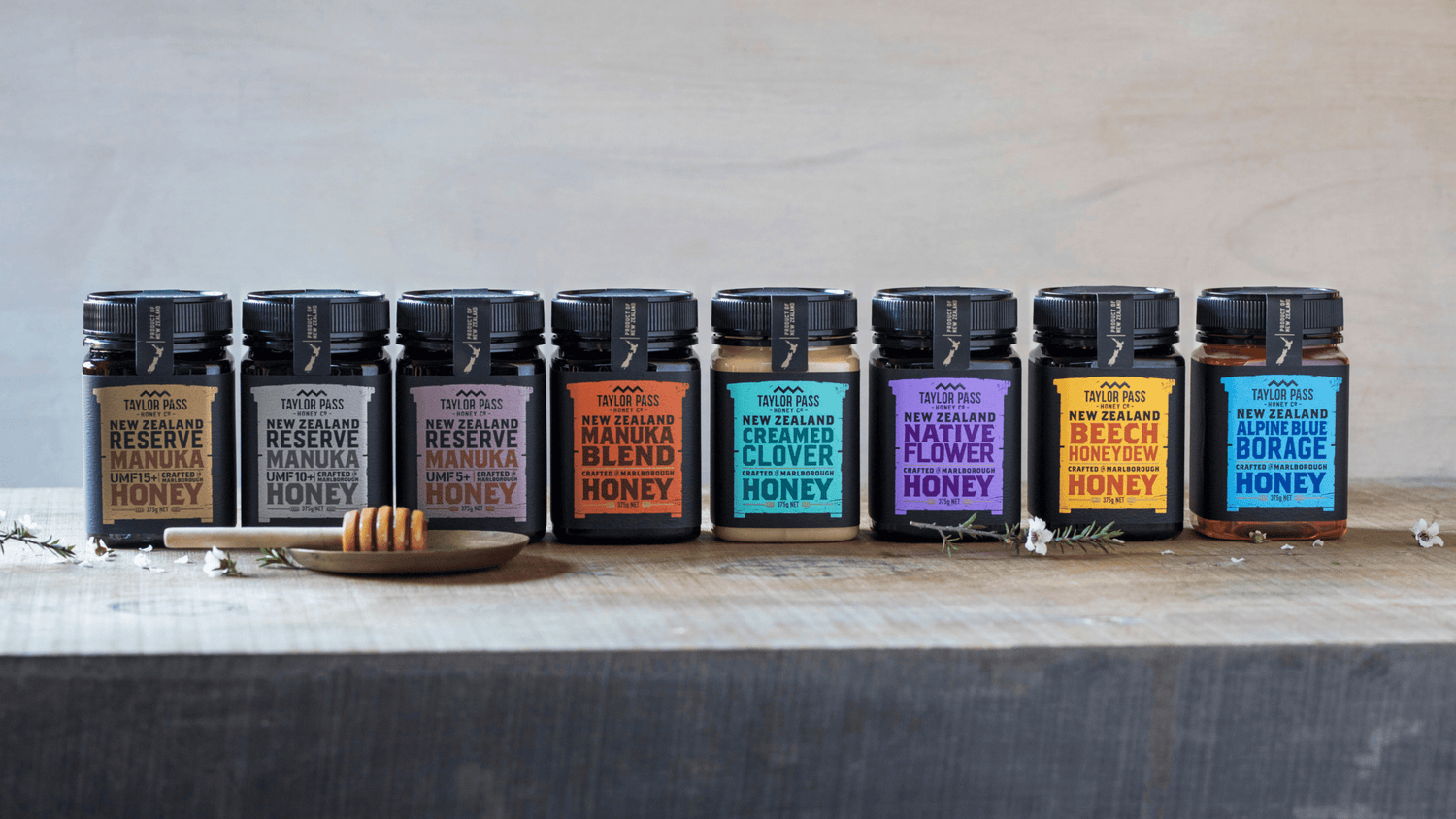Is Mānuka Honey Better Than Normal Honey? A Bottom Line Comparison
Not all honey is created equal. Across the world, there are hundreds of types of honey being produced. Honey can differ in texture, flavour and nutritional value. What makes each honey different is the pollen, or in other words, what flowers the bees have been pollinating. Some sources are more flavourful than others and may also lead to different nutrients. With Mānuka honey, you get the best of both worlds…great taste and health attributes. When comparing Mānuka honey with other floral honey, you will notice a huge difference.
Different Types of Honey
There are many types of honey, most of which have a distinct flavour that correlates directly to their source. They include:
- Mānuka honey
- Clover honey
- Eucalyptus honey
- Alfalfa honey
- Wildflower honey
- Apple blossom honey
- And many more….
Each honey has its own unique taste profile and natural health attributes based on the plant the pollen is taken from. Some plants have a higher nutritional make-up than others, but typically all offer some degree of nutritional support. Honey has been recognised for years as great for burns and wound care.

Why Is Mānuka Honey Special?
Mānuka honey is different for many reasons. It is the only honey that has anti-inflammatory, antiviral, antibacterial and antioxidant properties. Its active ingredient is methylglyoxal. It is also different because it can only be found in one area of the world. The Mānuka bush only grows here in New Zealand. The small white flowers only bloom for a few weeks per year. Its unique location and the properties of the Mānuka bush make this honey quite unique. This makes it one of the most flavourful and nutritious honey produced across the world. Mānuka is often grown in very remote locations and antibiotics are not allowed to be used in the treatment of honey producing hive, so you can be assured that there is no residue in your honey.
What Is the UMF Rating?
UMF stands for Unique Mānuka Factor. The higher the number, the more potent the honey is. The higher the UMF rating, the higher the amount of active properties possible. The active component of Mānuka is methylglyoxal or MGO. MGO is associated with the antibacterial properties found in Mānuka honey.
MGO is just one measure. The UMF grading measures 4 factors, not just 1 and can only be used by verified producers . UMF measures Potency (MGO), Authenticity (Leptosperin), Shelf Life (DHA) and Freshness (HMF) to ensure you can trust the quality of your Mānuka. Four Factors are a much more powerful measure of quality. Always look out for UMF.

Where Can I Find Pure, High-Quality Mānuka Honey?
There are many ways to find pure, high-quality Mānuka honey. While you can buy it from natural health stores, online and at many farmers' markets, the key is to ensure you are buying Manuka honey produced by beekeepers that own the beehives and maintain them to ensure the highest quality products for their customers.
If you are looking for the highest quality Mānuka honey, look no further than Taylor Pass Honey. We manage our hives sustainability and have an abundance of Mānuka honey products for you to choose from with different UMF ratings depending on your needs.


